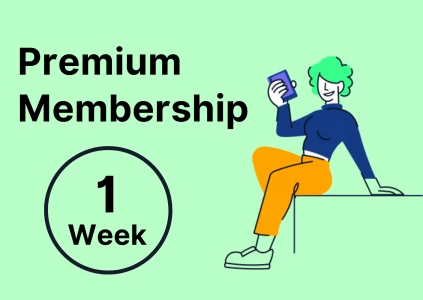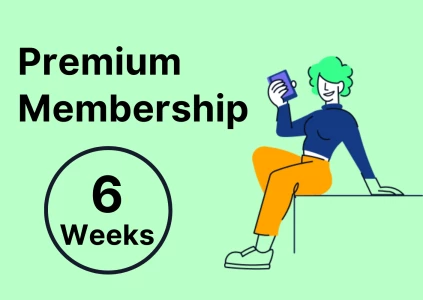Hi all,
In brainstorming questions in case interviews, is it generally better to give a few (2-3) good ideas that cover the most important points, or more (6-8+) ideas that are a bit more creative, but perhaps not that relevant and might miss the main key ideas.
I realise that both versions need to be structured and grouped cohesively, and also realise that there isn't a strict trade-off between the two options I've suggested, but within the context of a case where you might get 30 seconds to come up with ideas, I feel myself not sure which one to lean towards.
Any ideas would be much appreciated, cheers!
(edited)






